Business
Hybrid cars: how they work, consumption and advantages
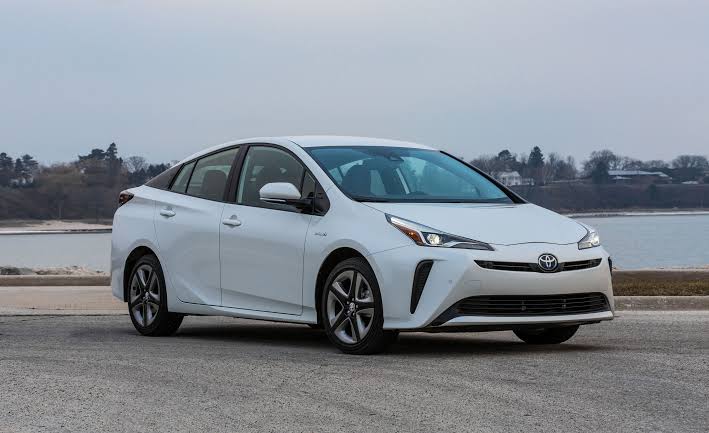
Hybrid cars: how do they work?
The research and development of increasingly efficient and green powertrains from an environmental point of view has led car manufacturers to focus decisively on hybrid technology that allows to reduce consumption and CO2 emissions compared to traditionally powered cars. The use of an electric unit, in fact, allows to recover the kinetic energy that would be wasted in the braking and deceleration phases and then reuse it to support or completely exclude, based on the degree of hybridization of the powertrain, the thermal engine. . The latter essentially has two functions: transforming the chemical energy of the fuel into kinetic energy and charging the battery of the electric motor.
The main functions of the electrical unit:
in the phases of maximum load , the electric motor allows to obtain greater performances while keeping fuel consumption low.
when starting from a standstill , when not under maximum load, the electric unit manages acceleration without requiring the intervention of the combustion engine.
when the vehicle is slowing down , the electric motor is able to transform kinetic energy into electrical energy, recharging the battery pack.
Hybrid engine: how it works
Hybrid cars can count on three different types of powertrains that we have sorted out based on the level of technology and the level of electrification used
Mild Hybrid
Also known as a light hybrid system , the mild hybrid is widely used in the world of electric mobility because it is able, at very low costs, to reduce fuel consumption and emissions. This technology uses a small electric motor, driven in most cases by belt , which acts as an alternator / starter, motogenerator and support for the thermal engine during acceleration. During the soaring and braking phases, the traditionally powered motor turns the motor generator, thus recharging the small battery pack. According to the data published by the various car manufacturers, this system allows you to reduce by 15%consumption compared to a model equal to petrol / diesel fuel. Among the best-selling cars with this technology we find: Ford Puma , Suzuki Swift and Fiat Panda .
Full Hybrid
The second level of powertrain electrification is the full hybrid . It is a technology introduced by Toyota that allows the combined use of the heat engine and the electric unit, thus increasing the total energy efficiency of the powertrain. Compared to light hybrids, the full hybrid system allows you to move, even if for a few kilometers, even in fully electric mode . Among the best-selling cars in 2020 with this technology are: Toyota Yaris , Toyota C-HR and Toyota Corolla .
Hybrid plug-in
The latest step in hybrid systems that comes closest to 100% electric cars and which is at the basis of this energy transition that is affecting the automotive world is the plug-in hybrid . In this case, the presence of batteries with a higher capacity allows to take advantage of the powertrain even in 100% electric mode for about 50/70 km depending on the car model. This system is also distinguished by the possibility of recharging the battery pack on plug in addition to the classic regeneration of kinetic energy during braking. Among the best-selling cars in 2020 with this technology are: Ford Kuga , Volvo XC40 and Mini Countryman .
-

 AVIATION4 years ago
AVIATION4 years agoPhoto News: Air Peace commence flight operations to South Africa
-
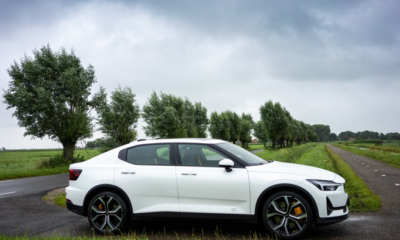
 Car News4 years ago
Car News4 years agoPolestar is recalls over 2000 electric cars due to software bug
-
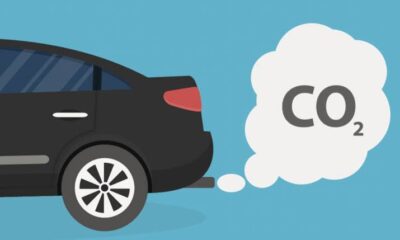
 Technology4 years ago
Technology4 years agoCommon mistakes in CO₂ emissions calculations
-
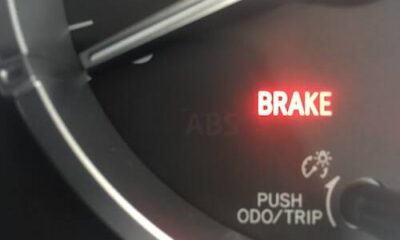
 SAFETY / CAR CARE4 years ago
SAFETY / CAR CARE4 years agoHandbrake warning light; what it means and what to do
-
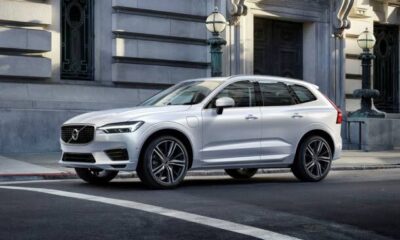
 Business4 years ago
Business4 years ago2016 Volvo XC60 review and specifications
-
Car News5 years ago
Suzuki’s 2020 V-Strom 1050 goes high-tech in high style
-

 AUTO STAKEHOLDER4 years ago
AUTO STAKEHOLDER4 years agoFRSC COMMENCES ENFORCEMENT OF NATIONAL IDENTIFICATION NUMBER IN DRIVER’S LICENCE PROCESSING
-
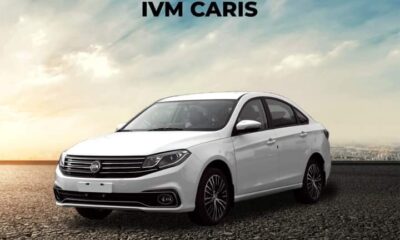
 Reviews5 years ago
Reviews5 years agoIVM Caris Specification: Grand Price for Big Brother Naija IVM Challenge
